Read next
The latest news, updates and expert views for ambitious, high-achieving and purpose-driven homeowners and property entrepreneurs.

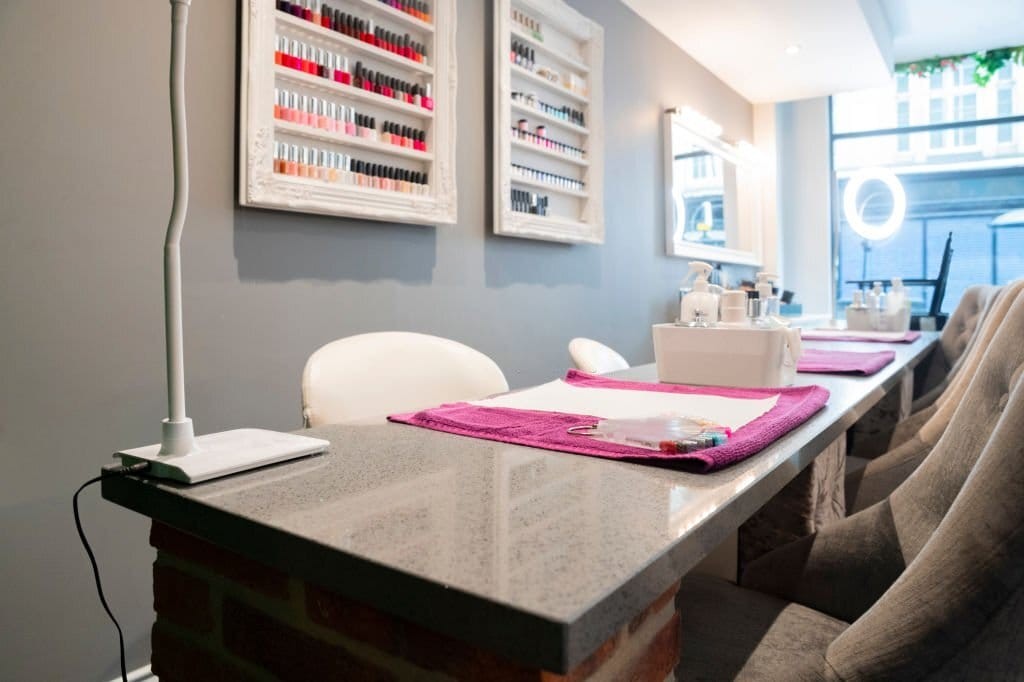
In 2020, the government brought in Use Class E, aimed at transforming England’s high streets. The idea was very simple: to allow landlords and commercial tenants to swap a building or shop space from one kind of business to another without any planning paperwork at all. Want to turn a cafe into a gym, or vice versa? No problem. A workshop into an office, or an office into a workshop? Again, no problem at all, from a planning point-of-view. At least that’s the idea.
But a big question was left unanswered. The description in the legislation of Use Class E included:
“any other services which it is appropriate to provide in a commercial, business or service locality”
Previously, certain businesses were excluded from the main use classes, often because they were regarded as causing a “nuisance” for some reason or another. These were classed instead as “sui generis”, which means that each of them was in a class of its own and you would need full planning permission to change from, say, a corner shop to one of these businesses. There was never a full list of these but many councils put nail salons, beauty salons with a wide range of treatments and Thai massage spas into this category.
But it is also easy to argue that those are all “services which it is appropriate to provide in a commercial, business or service locality” and some councils and some planning inspectors agree - but not all of them.
In this article, we will discuss how different local authorities are dealing with the question of whether you need planning permission for nail salons, beauty salons, Thai massage spas and other similar businesses.
Councils have traditionally refused planning permission when they are trying to preserve traditional high street uses, usually retail.
The other frequent problems cited by councils are opening hours and “odour”. The claim is that the smell and fumes produced by the chemicals used in nail bars and for some beauty and spa treatments, can be disturbing to neighbours. Most nail bar owners will tell you that there is no detectable smell leaving their premises and that any fumes can be dealt with by a decent ventilation system.
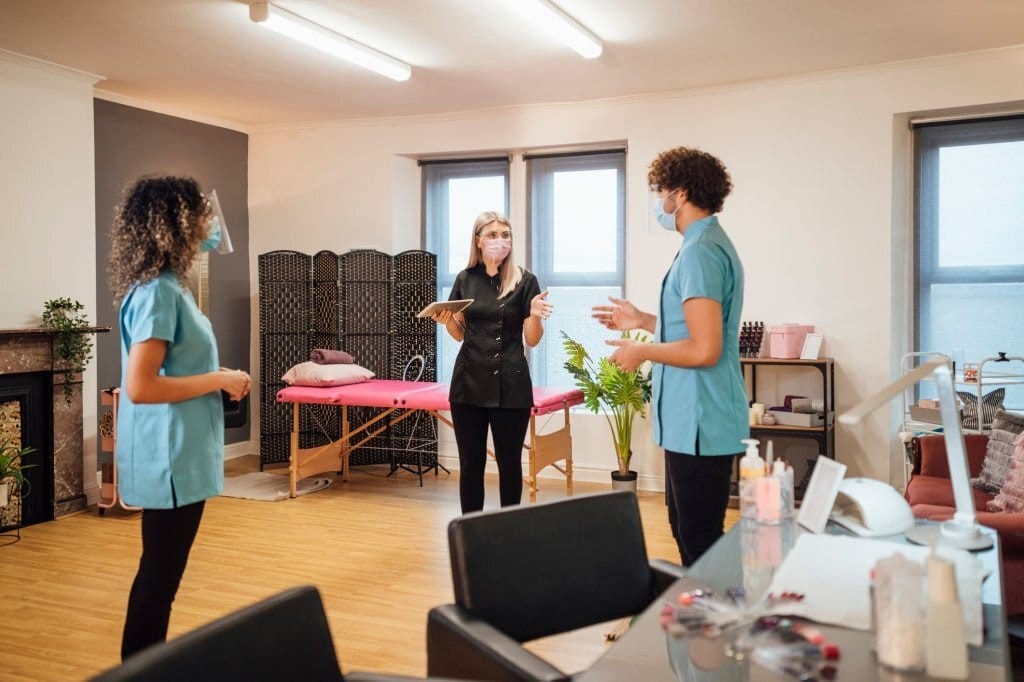
Unfortunately, vagueness is very common in English planning rules. At its best, this means that councils can be more flexible than they are in other countries. But at its worse, it means there is a lot of confusion and uncertainty. And that is what we have here.
The civil servants who worked on the legislation for 2020 changes to the use class order could have listed every business they could think of that should be included in Class E and made clear that everything not listed was excluded, and that would be clear. Or they could have said that only businesses explicitly covered by the old use classes (A1, A2, A3, B1, D1, D2) would be in Class E. But they didn’t do that either.
The result is that if you want to set up a nail salon, beauty salon or Thai massage spa and are considering renting a space that is currently used for Class E, you need to understand what the council’s approach to this question is.
Let’s take the example of a “hair and beauty salon and nail bar” in the London borough of Southwark. The owner took over the premises from a shop (what would have then been A1). The owner has said that because what they wanted to do was fairly standard for a high street, they assumed that no planning permission was needed. But the neighbours complained about the smell and opening hours, and the council issued an enforcement notice.
The owners then appealed against the enforcement and lost. In the appeal decision, the inspector did say that the problems with the business could be overcome with some changes, so the owners put in a retrospective change of use (Class E to sui generis) application - which was refused. At the time of writing, another application has been submitted to the council.
What does this saga tell us? Firstly, that for Southwark, a “hair and beauty salon and nail bar” does not fall into Use Class E. Secondly, that the consequences of not checking can be years of being stuck in the planning system, with the possibility that the council will shut down the business altogether.

You might have heard from a friend, or from an estate agent, that what you want to do is definitely in Class E. And we should be clear: they are not lying to you. Just as we can tell you about times when councils and inspectors ruled that a business providing beauty treatments is not in Class E, we can give examples when the conclusion was the opposite. For instance, in 2022, the owners of a premises in the London borough of Hillingdon appealed against the council’s refusal of a certificate of lawfulness confirming that it could be used for a tanning salon because a tanning salon was a Class E use.
The inspector listened to both sides, and wrote:
“Drawing together the points made by both parties on the appeal decisions, the decisions demonstrate that there is no definitive view that a tanning salon use falls within Class E or that it is a use which is sui generis. The [Use Class Order] includes a list of uses to be regarded as sui generis, and the list does not include tanning salons. However, it is clear from the UCO that the list is not definitive and other uses may also be sui generis. Therefore, it does not exclude tanning salons from being regarded as a sui generis use.”
However, in the end, she ruled that:
“In the circumstances of this particular case and acknowledging the generally more flexible approach advocated by government in respect of ‘town centre uses’, I find that the proposed use falls within Class E of the UCO.”
What’s interesting (or frustrating, depending on how you see it) here is that the inspector wasn’t saying that all tanning salons are Class E - rather, that because the legislation isn’t clear, she had the flexibility to rule one way or the other, and in this case had gone for Class E rather than sui generis.
In the appeal, both sides were able to mention previous appeals that they felt backed up their case. Which is to say, the situation remains confusing.
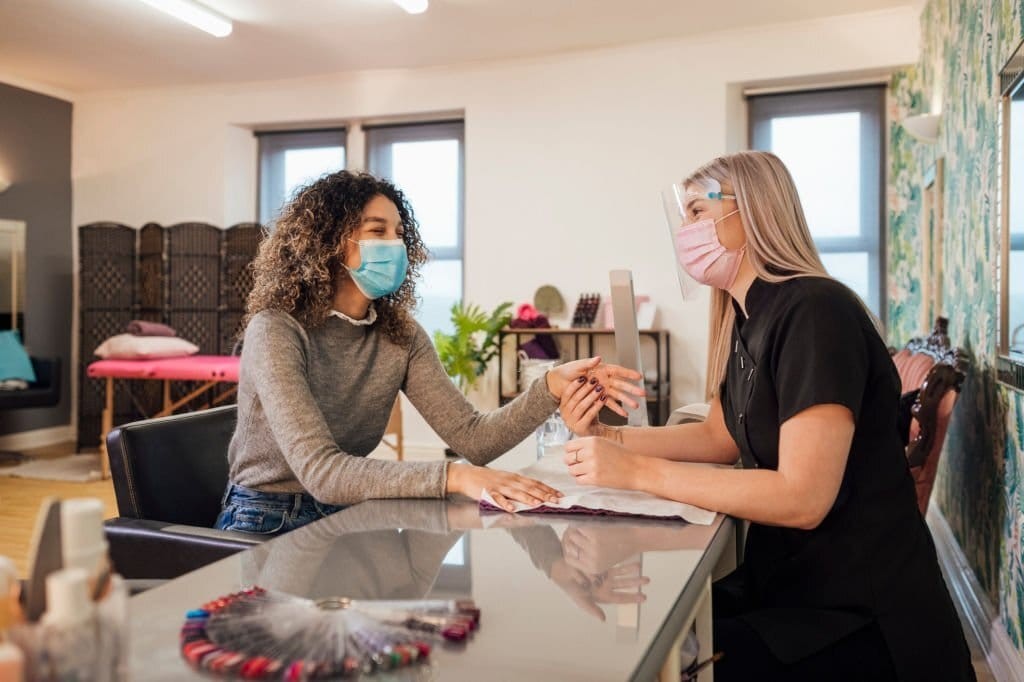
This is another potential grey area. Generally, if your most of your clients are there to get their hair done and your accounts show that the substantial part of your turnover is hairstyling, then the council will accept that your business fits into Class E. The problem can come if you find that the side service is becoming more important than the supposed main service, and that’s obviously something that can happen gradually without you even realising it. (It’s similar to cafes that do a bit of takeaway and then over time, that becomes their main source of income and thus a planning problem.)
It’s something to be aware of, and something you should get with the council if you are concerned.
One thing that is always important to mention with Use Class E is movement within the class can still be restricted by planning conditions, old or new. So, for instance, if there is a planning condition limiting the use of the premises to the old A1 retail class, you will need planning permission for a change of use to a nail salon etc, no matter what the council’s stance is.
Unlike in the Southwark case, which led to an enforcement, in Hillingdon the property owners submitted a certificate of lawfulness application to check what the council’s position was. There are other ways of doing this - if you are very lucky, you might be able to get someone from the council’s planning department to tell you for free. Or you could pay for pre-application advice from the council, although with many councils, the certificate of lawfulness* route might be cheaper.
Our advice is that you should only go ahead with using a former retail space (or similar) for your nail bar or beauty salon without paperwork if you are absolutely sure the council is treating those businesses as being within Class E. And that can be hard to do, because if nobody is creating paperwork, what evidence do you have?
*A note on certificates of lawfulness and enforcement: the four-year rule was replaced by a ten-year rule on 25 April 2024. This means that moving forward, any works completed without the required planning permission will need to demonstrate ten years of continuous use rather than four - a far more arduous task.
However, there are some transitional provisions and if your project was “substantially completed” before 25 April 2024, then the new time limit may not apply to you. The definition of “substantially completed” is vague and will likely be further clarified and defined over the next few years through consequential appeals and court interpretations.
In the meantime, the Royal Town Planning Institute (RTPI) has offered the following transitional guidance in their most updated Enforcement Handbook: “Substantial completion is not always clear and is a matter of fact and degree. A building is complete when it is complete for the purposes for which it was intended.”
Additionally, the RTPI makes a note that when buildings are built in stages, the clock can be restarted if lawfulness of a previous stage has not been accrued and demonstrated. This will similarly likely be tested through the legal system over the coming years.
If you have any questions, please get in touch with our team.
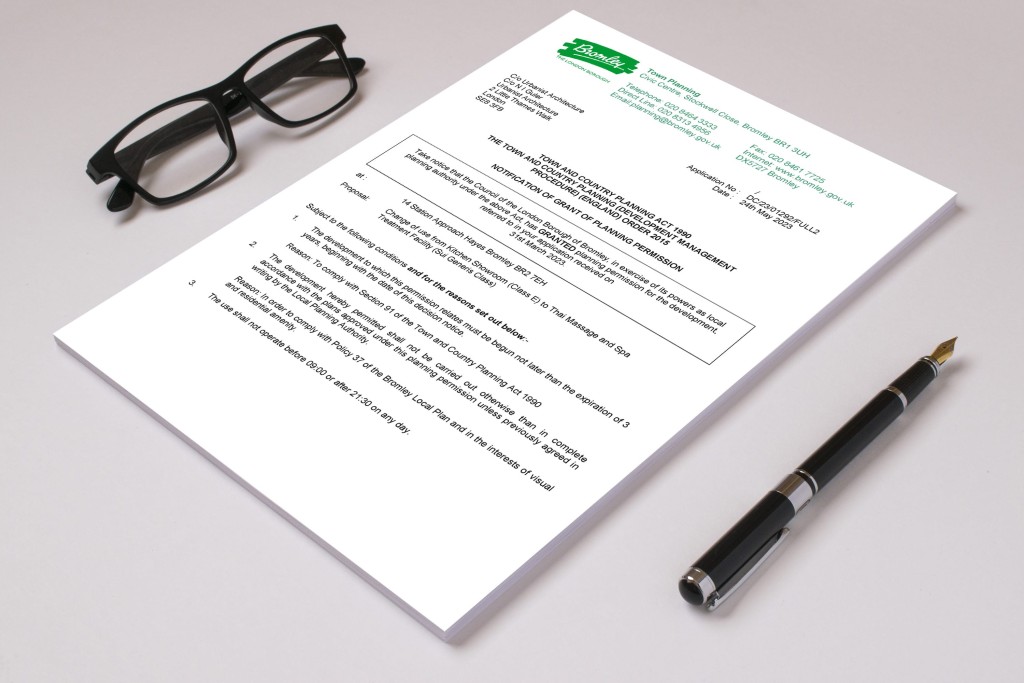
We recently obtained planning permission on behalf of a client for a change of use from a vacant kitchen showroom to a Thai massage and spa treatment facility in the London borough of Bromley.
After the client got in touch with us, we checked on Bromley’s approach to this kind of project, and found that the council wanted a full change of use planning application, but there were good precedents for successfully getting permission.
Although we were not arguing that the new use would be in Class E, we were saying that it was a now-familiar kind of business on English high streets, and would perform the important function of encouraging foot traffic and so helping neighbouring shops.
The council agreed, stating the “proposal is complementary to the existing shopping function”, and granted permission.
City of Westminster
Ealing
Hammersmith and Fulham
Kensington and Chelsea
South Tyneside
Barnet
Brent
Bromley
Broxbourne
Camden
Croydon
Hackney
Hillingdon
Lewisham
Southwark
*To the best of our current knowledge. We will continue to update this information, and please let us know if any of these are wrong or if you know the stances of any other councils
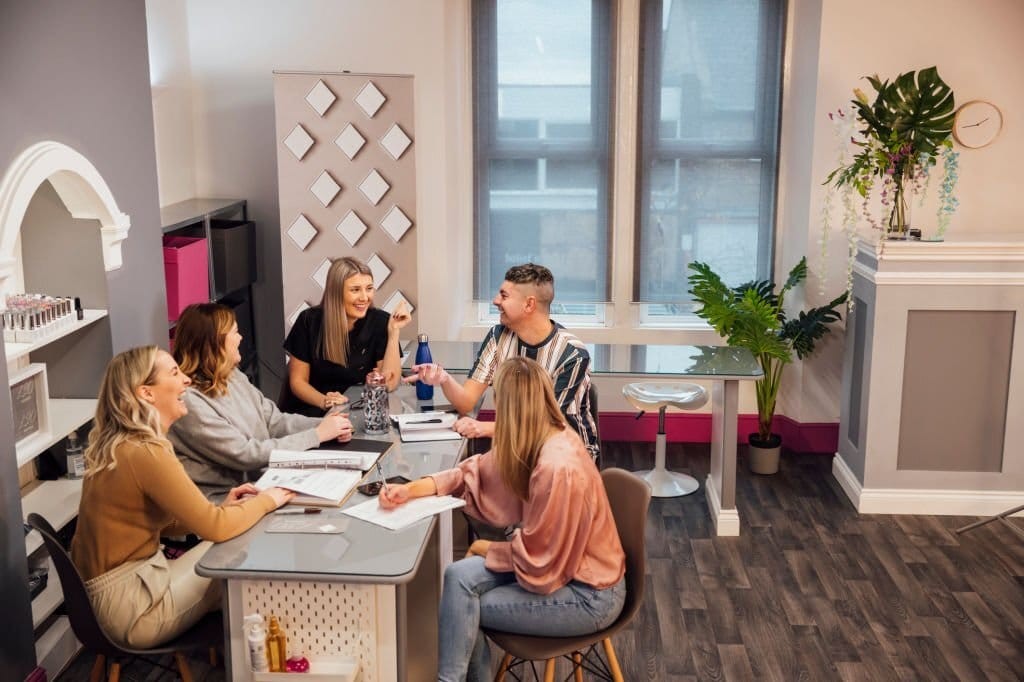
Until at least there is either a major court case or the government supplies firmer guidance, there is going to be continued uncertainty on this question. People have contacted us in the past who are absolutely sure that nail salons, for instance, are now in Class E. But, as we have shown, many councils disagree with that view. And if you go ahead without checking, you can end up with an enforcement notice, which can be very stressful and bad for business.
Our advice, then, is that at the very least you conduct a thorough search through the council’s planning records before making any changes. And unless you have clear evidence the council is taking the widest view of what businesses are covered by Class E, put in a pre-app advice request or a certificate of lawfulness application to see if you can find out what the council’s attitude is.
If you do find that you need to make a full change of use planning application, we would be happy to help you with this - we have a great track record of helping clients get consent from the council for nail bars, tattoo parlours and Thai massage and spas. Get in touch today.

Nicole I. Guler BA(Hons), MSc, MRTPI is a chartered town planner and director who leads our planning team. She specialises in complex projects — from listed buildings to urban sites and Green Belt plots — and has a strong track record of success at planning appeals.
We look forward to learning how we can help you. Simply fill in the form below and someone on our team will respond to you at the earliest opportunity.
The latest news, updates and expert views for ambitious, high-achieving and purpose-driven homeowners and property entrepreneurs.
The latest news, updates and expert views for ambitious, high-achieving and purpose-driven homeowners and property entrepreneurs.
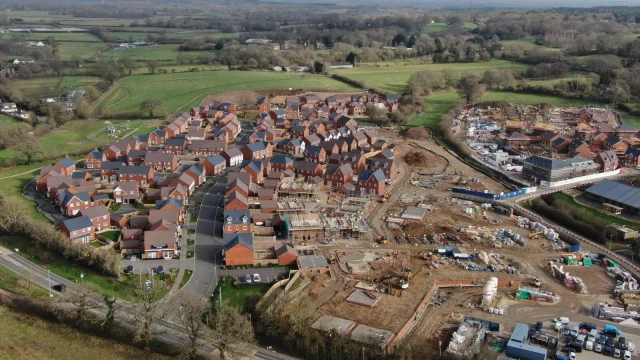


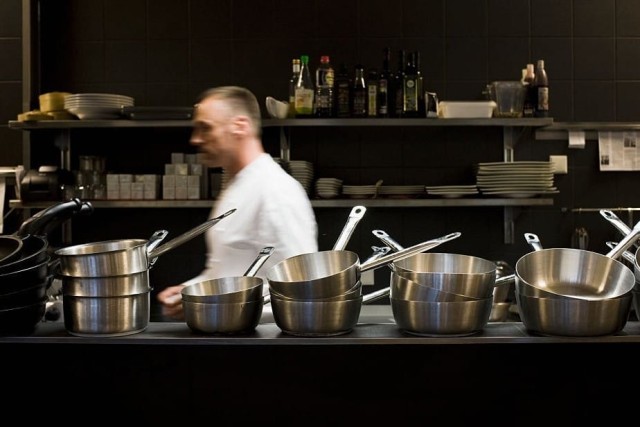
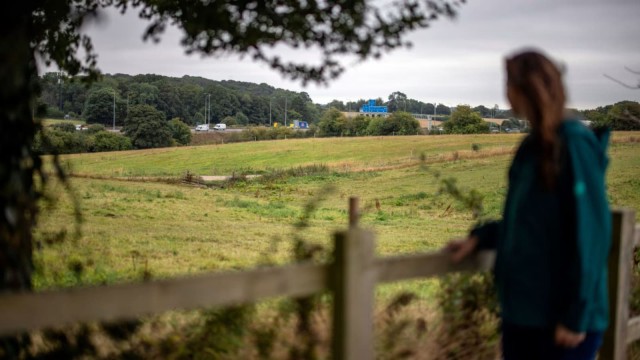

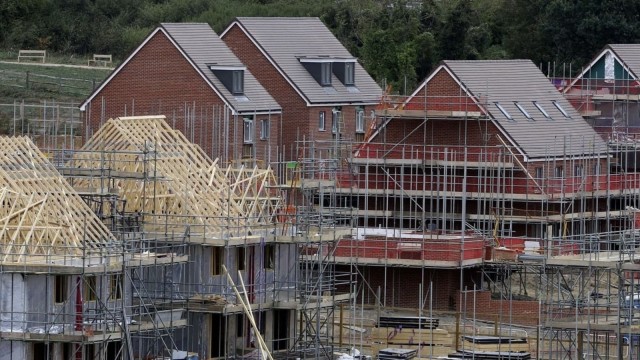
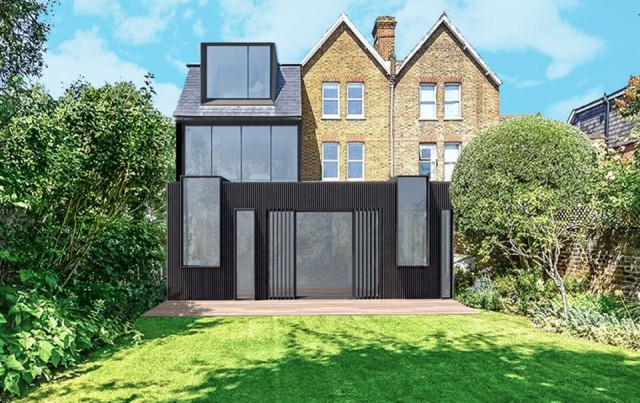
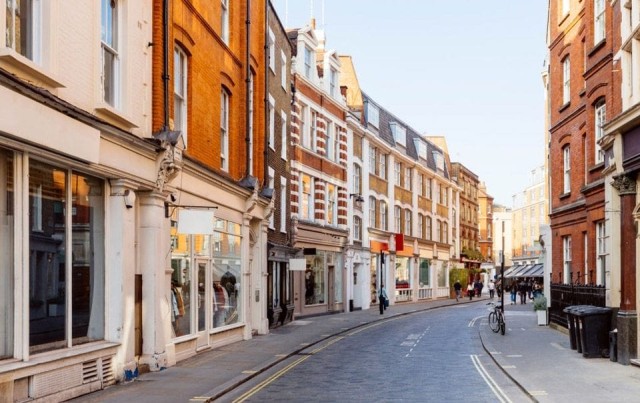
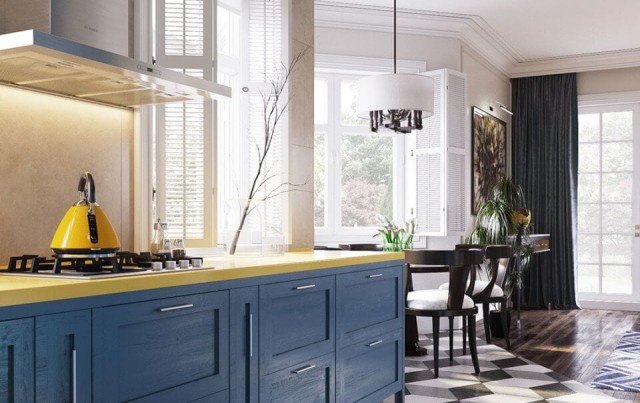
We specialise in crafting creative design and planning strategies to unlock the hidden potential of developments, secure planning permission and deliver imaginative projects on tricky sites
Write us a message